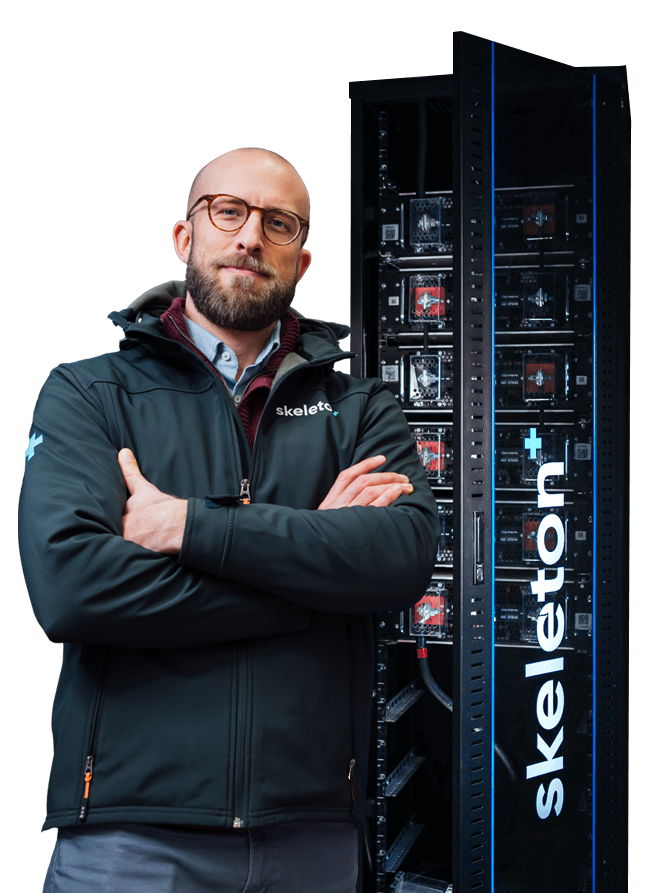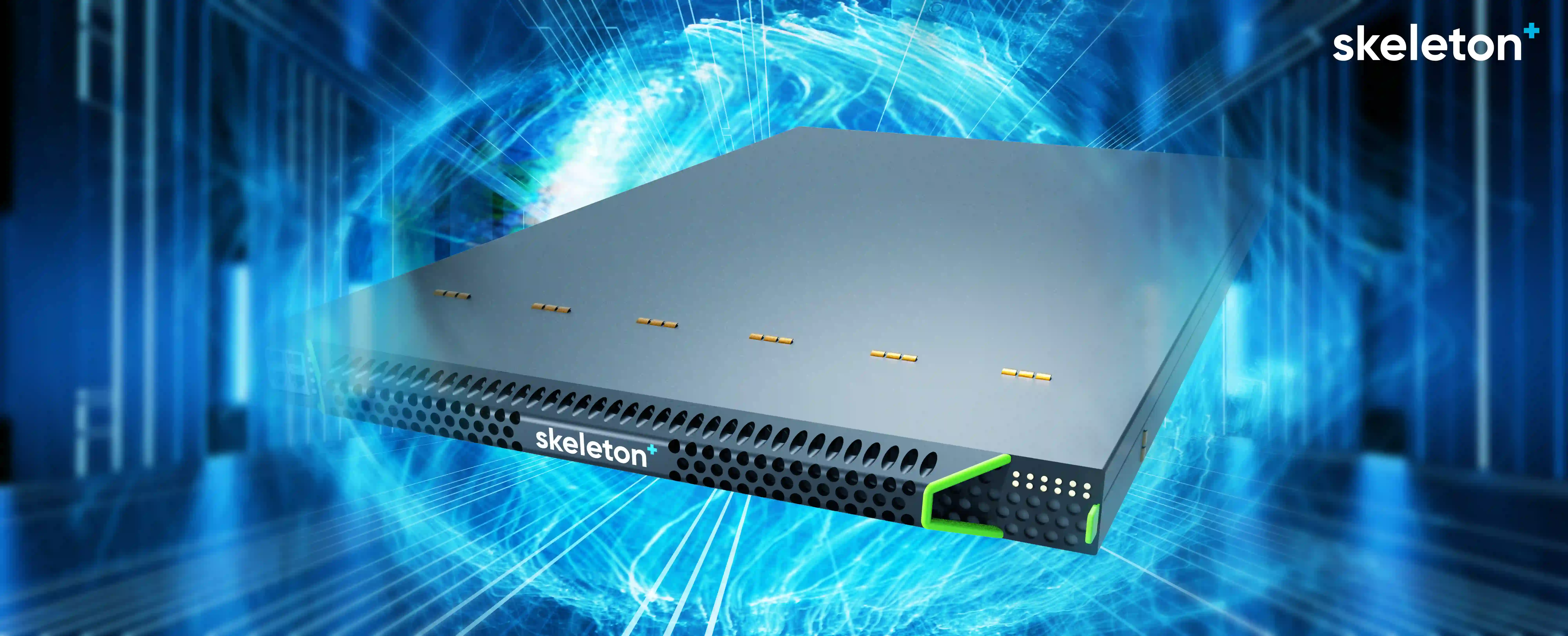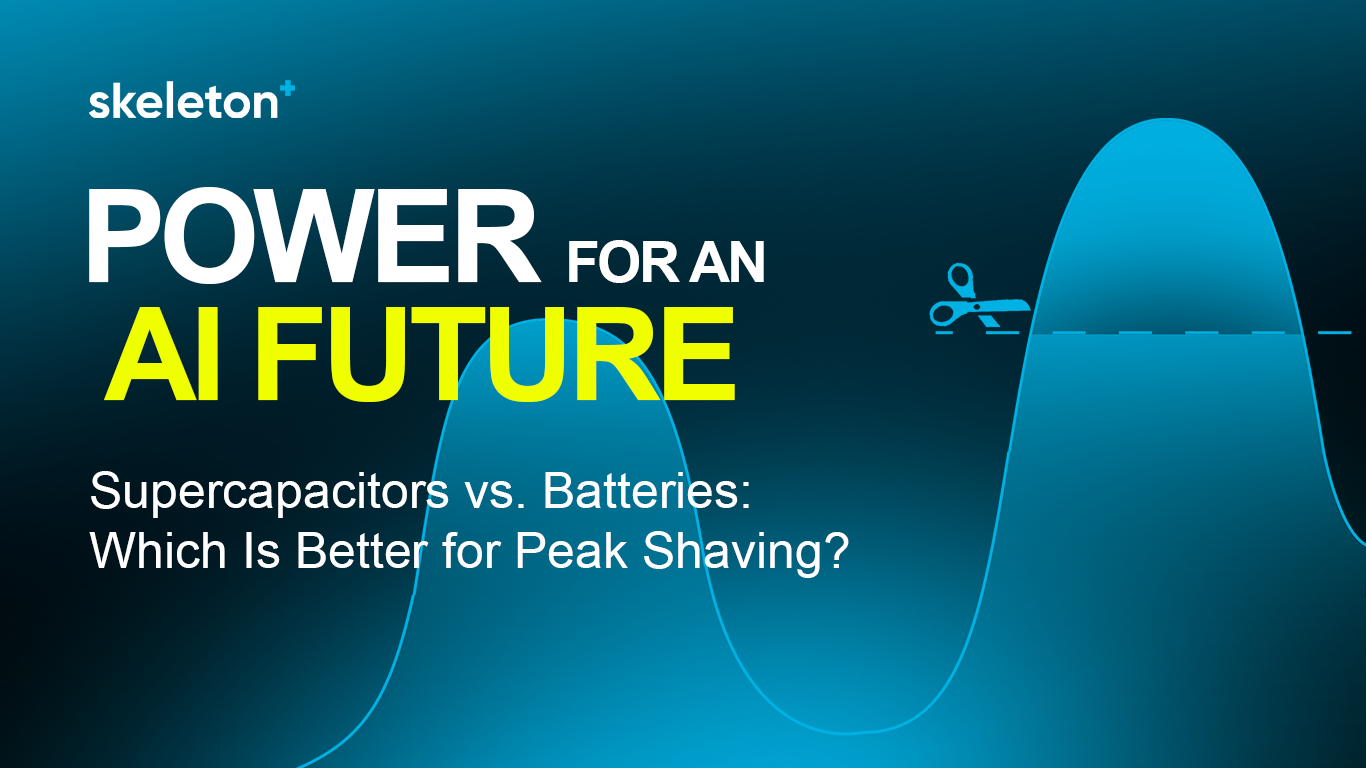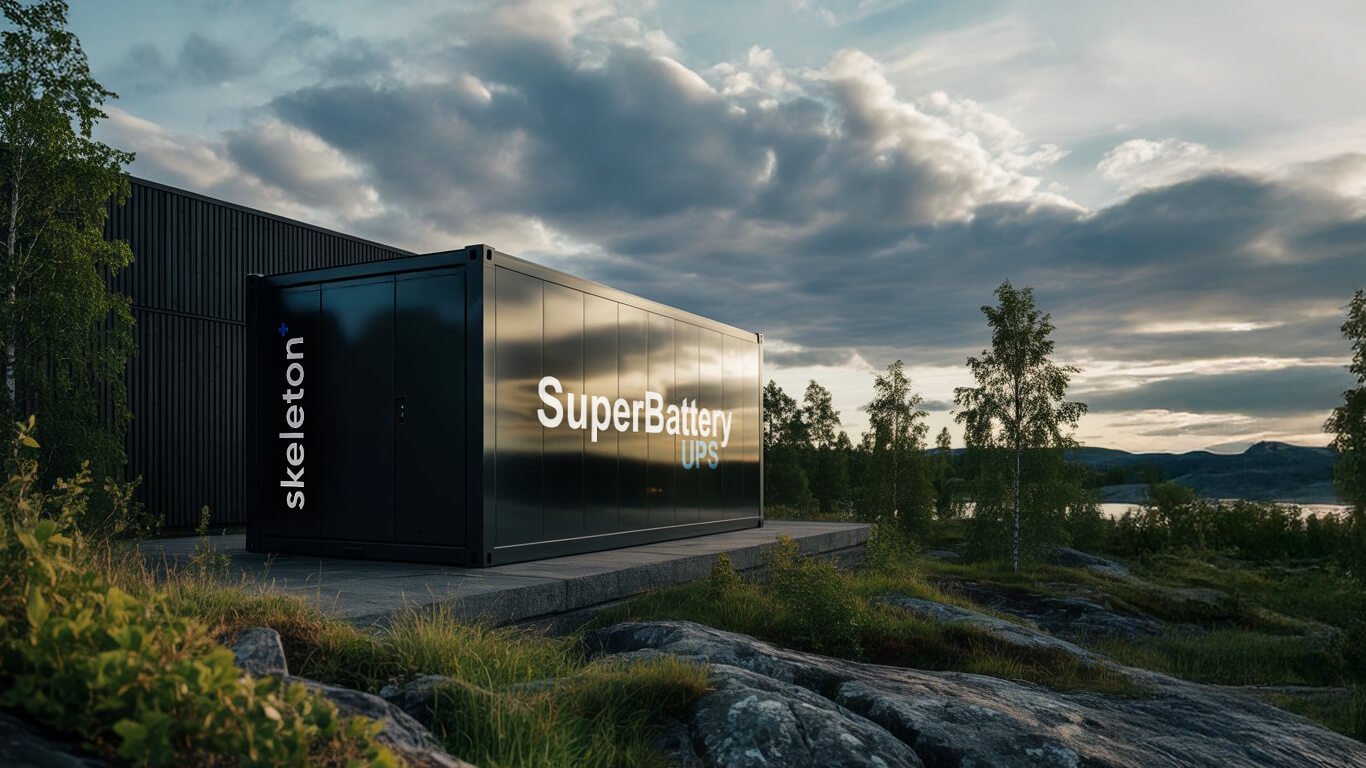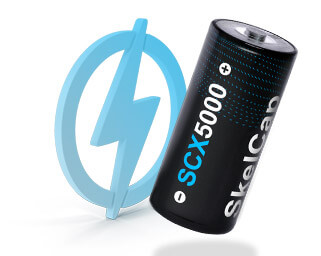
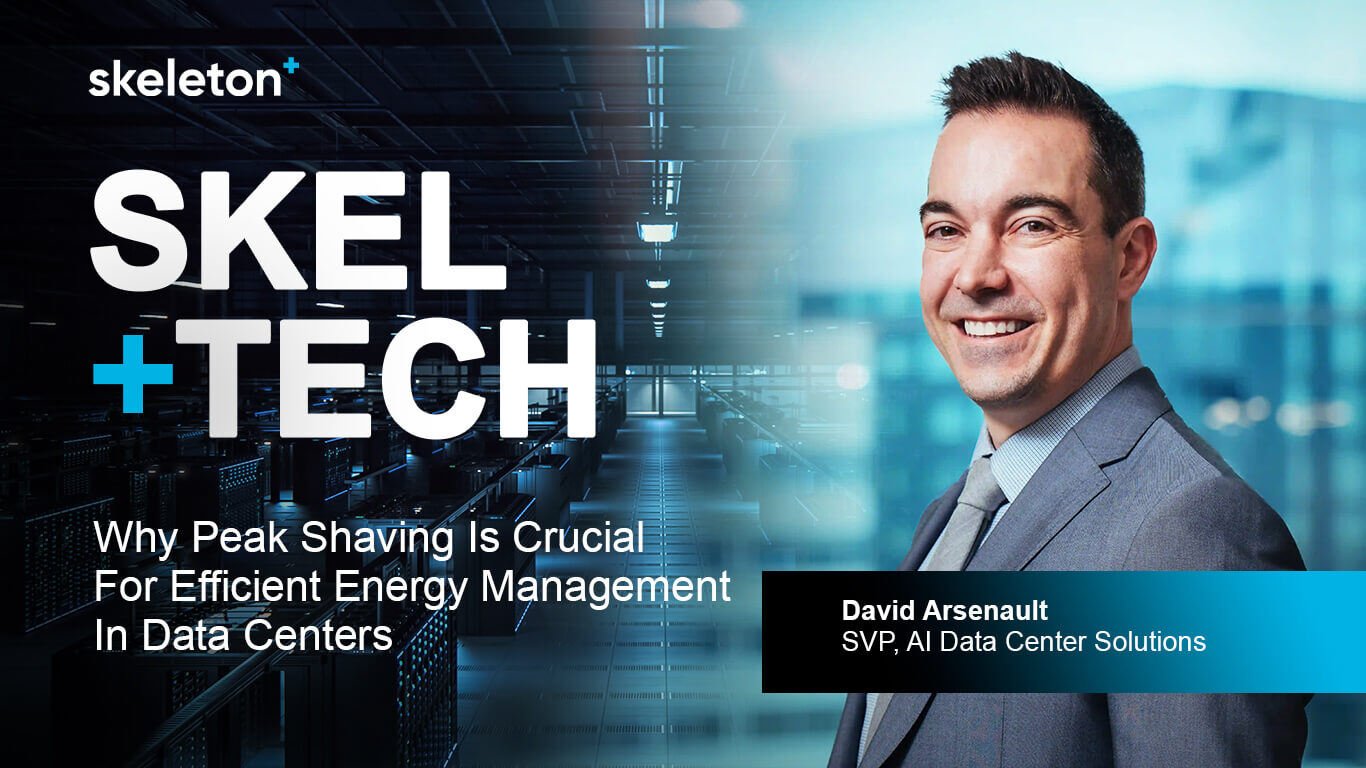
In today’s global society, energy, especially electricity, is the lifeline of every major industry, from industrial manufacturing to AI data centers. With increasing political tensions and growing energy demands, electricity is becoming more valuable and vulnerable. For data centers, understanding and implementing peak shaving is essential for energy efficiency
Understanding Peak Shaving
Peak shaving, also known as load shedding, is a strategy to avoid peak demand charges by quickly reducing power consumption during high demand.This can be achieved by switching off equipment or using on-site energy storage systems.The goal is to eliminate short-term demand spikes and prevent stressing electrical infrastructure.
The Importance of Peak Shaving
Power fluctuations result from complex algorithms executing tasks simultaneously. Data centers face the dilemma of paying high electricity prices when they need it most. Peak shaving allows them to optimize and lower energy costs, control consumption, increase network reliability, and minimize short circuits. This strategy promotes energy efficiency, enhances network security, and fosters sustainable energy consumption.
Benefits of Peak Shaving
1. PerformancePower demand from AI data centers has increased significantly, straining grid infrastructures. Utility providers may impose power limitations, potentially throttling computing power to prevent exceeding limits. Supercapacitors can smooth power demand and reduce the average baseload, enhancing computing asset performance
2. Cost SavingsElectric utilities often charge higher prices for peak power consumption. By reducing average base load energy consumption, data centers can lower electricity costs.
3. Enhanced Data Center StabilityReducing peak demand eases the burden on the electricity grid, increasing grid stability during high demand, which significantly reduces short circuits and fault states.
Implementing Peak Shaving
Peak shaving technology uses supercapacitors at various sections of a data center's electrical infrastructure. The closer they are to the computing infrastructure, the greater the benefit to the upstream electrical systems. Supercapacitors are installed to charge when computing power demand is low and provide power when demand is high, smoothing power peaks to a uniform baseload. This can be done with power cabinets at the UPS level or by adding supercapacitors in the racks at the shelf level.

Consequences of Ignoring Peak Shaving
Failing to implement peak shaving can result in:
Increased Peak Loads: Higher peak loads lead to higher energy costs and strain on the grid, increasing the likelihood of short circuits and outages.
Unstable Networks: Without proper load management, energy consumption remains erratic, resulting in unreliable grid performance and potential disruptions.
Higher Infrastructure Costs: Ignoring peak shaving could require expensive upgrades to infrastructure, such as transformers and power lines, to manage peak loads effectively.
Supercapacitors and Peak Shaving
Supercapacitors provide rapid energy storage and discharge, ensuring stable power during peak loads or short outages. They release stored energy during peak demand, preventing the need to draw extra power from the grid and stabilizing the energy supply. Supercapacitors smooth out short-term power surges caused by fluctuating workloads, ensuring consistent energy flow without overloading the system. They also reduce the reliance on slower, less efficient battery-powered backup generators. Supercapacitors have high charge-discharge efficiency and can last over 20 years, providing a reliable, low-maintenance solution.
